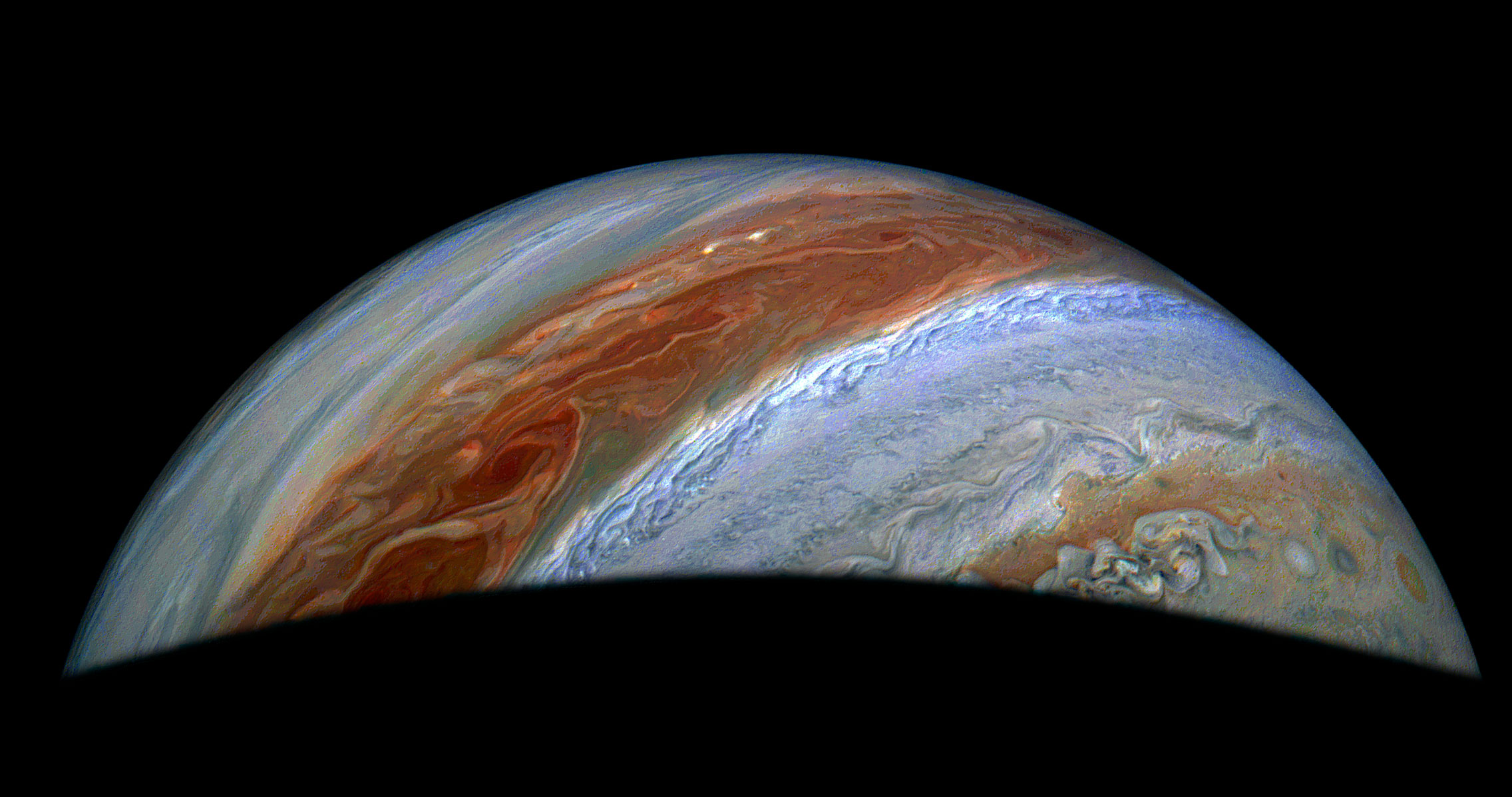Firefly Alpha’s stage separation anomaly sends Lockheed Martin’s satellite into South Pacific near the Antarctic – SatNews
Original Publication Date: 2025-04-29 00:00

Firefly Alpha rocket experienced a launch anomaly that left a Lockheed Martin satellite in a significantly “lower than planned orbit”, and the “stage and its payload reentered over the South Pacific near Antarctica,” the aerospace company said on Tuesday, April 29. The mission originally planned for Monday was scrubbed due to unresolved ground support equipment issues. This was the sixth flight of the Firefly Alpha small satellite launcher, launching the demonstration mission for Lockheed Martin’s new LM400 satellite bus, which carried a communications payload.
ESA launches Biomass satellite to provide ‘unprecedented insights into forests and Earth’s carbon cycle’ – SatNews
Original Publication Date: 2025-04-29 00:00

Biomass satellite will provide unprecedented insights into the world’s forests and their crucial role in Earth’s carbon cycle. The satellite lifted off aboard a Vega-C rocket from Europe’s Spaceport in Kourou, French Guiana, on 29 April. Less than an hour after launch, Biomass separated from the rocket’s upper stage.
SpaceX will be busy with Starlink launches everyday from Thursday through Sunday – SatNews
Original Publication Date: 2025-04-29 00:00

On Thursday, May 1, SpaceX’s Falcon 9 will launch at 6:51 PM – 10:51 PM PDT Starlink Group 6-75 from Cape Canaveral sending a batch of 28 smallsats into low Earth orbit for the Starlink mega-constellation. On Friday, May 2, Starlink Group 15-3 will launch into low Earth orbit at 11:27 AM – 3:55 PM PDT a batch of smallsats for the Starlink constellation from Vandenberg. The Falcon 9 first stage will attempt to land on one of two East Coast ASDS after its flight.
Rivada expands Outernet access to 33 countries + secures $16 billion+ in global business – SatNews
Original Publication Date: 2025-04-29 00:00

Rivada Space Networks has secured market access to its Outernet constellation in 33 countries and every continent. Belgium, the Czech Republic, Sweden, and Costa Rica are among the latest nations to soon offer next-generation communications capabilities. The Outernet is the first unified global communications platform, a unique next-generation constellation of 600 laser-linked LEO satellites.
AST SpaceMobile and U.S. National Science Foundation’s Coordination Agreement between satellite and ground-based astronomy operations – SatNews
Original Publication Date: 2025-04-29 00:00

AST SpaceMobile, Inc. Is building the first space-based cellular broadband network accessible directly by standard smartphones. The company has signed a Coordination Agreement with the U.S. National Science Foundation (NSF) to implement best practices between satellite communications and ground-based optical, infrared, and radio astronomy observations.
Forrester’s Digest: Nilesat signs MoU with RASCOM – SatNews
Original Publication Date: 2025-04-29 00:00

Nilesat has signed a Memorandum of Understanding (MoU) with RASCOM (Regional African Satellite Communications Organization) The MoU is, in essence, a Marketing Service Contract, marking the beginning of a ‘dynamic and mutually beneficial partnership’
Help Classify Galaxies Seen by NASA’s James Webb Space Telescope!
Original Publication Date: 2025-04-29 09:57

NASA needs your help identifying the shapes of thousands of galaxies in images taken by our James Webb Space Telescope. These classifications will help scientists answer questions about how the shapes of galaxies have changed over time. There are now over 500,000 images of galaxies on website of the Galaxy Zoo citizen science project.
NASA’s Juno Mission Gets Under Jupiter’s and Io’s Surface

Polar Cyclones The team’s recent findings also focus on the cyclones that haunt Jupiter’s north. By tracking the cyclones’ movements across multiple orbits, the scientists observed that each storm gradually drifts toward the pole. This is similar to how hurricanes on our planet migrate, but Earthly cyclones break up before reaching the pole.
NASA’s Lunar Drill Technology Passes Tests on the Moon
Original Publication Date: 2025-04-29 12:00

Intuitive Machines’ IM-2 captured an image March 6, 2025, after landing in a crater from the Moon’s South Pole. The lunar lander is on its side near the intended landing site, Mons Mouton. In the center of the image between the two lander legs is the Polar Resources Ice Mining Experiment 1 suite, which shows the drill deployed.
ESA’s Biomass mission launches aboard Vega-C
Original Publication Date: 2025-04-28 21:00

Biomass is the European Space Agency’s seventh Earth Explorer mission. It was launched on Tuesday aboard an Arianespace Vega-C rocket. Biomass will use synthetic aperture radar (SAR) to measure the biomass of forests. The satellite is expected to operate for at least five years in an orbit 666 km above Earth’s surface.
